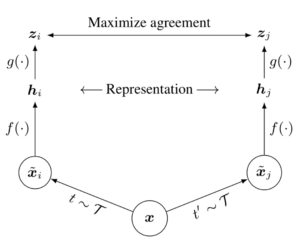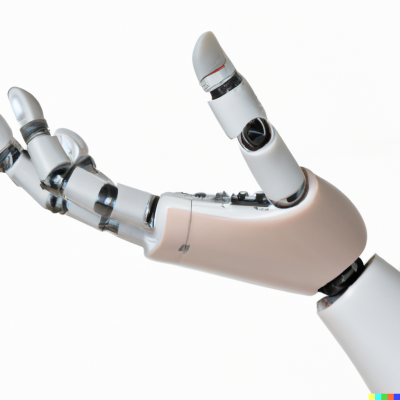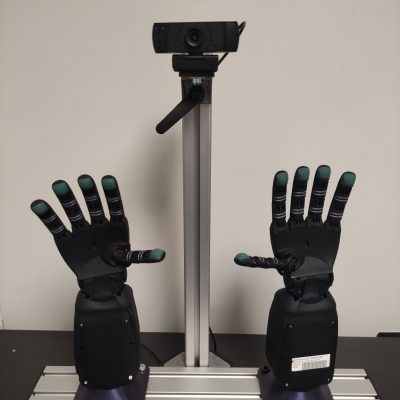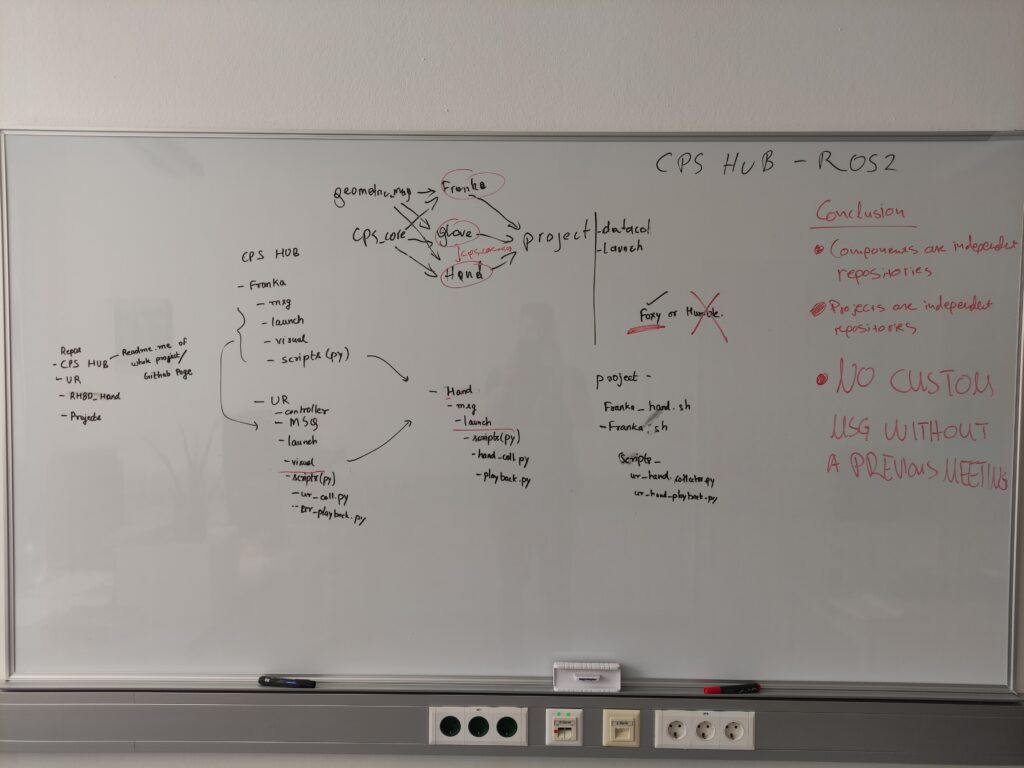Do you have a passion for machine learning and want to gain real-world experience? Are you eager to learn from leading researchers in the field? If so, then this internship is for you!
You can work on this project either by doing a B.Sc or M.Sc. thesis or an internship.
Job Description
We are seeking a highly motivated interns to join our team. The internship will focus on applying self-supervised methods (contrastive and non-contrastive) to computer vision, representation learning and data fusion problems. You will have the opportunity to contribute to a research project with the potential to improve current models employed in our chair.

Start date: Open
Keywords:
- Self-supervised learning
- Autoencoders
- Contrastive Learning
- Energy-based Models
- Deep learning
- PyTorch
- Research
Responsibilities
- Dive headfirst into the deep learning pipeline, tackling data preparation, model development, training, and evaluation across computer vision, representation learning and data fusion.
- Conduct in-depth literature reviews, staying on the forefront of advancements in these fields.
- Craft compelling presentations and reports to effectively communicate your research findings.
- Collaborate closely with your supervisors and team members, fostering a dynamic learning environment.
- Gain deeper experience with industry-standard deep learning libraries (e.g., TensorFlow, PyTorch).
Qualifications
- Currently pursuing a Bachelor’s or Master’s degree in Computer Science,
Electrical Engineering, Mechanical Engineering, Mathematics or related
fields. - Strong foundation in machine learning concepts (e.g., supervised learning, unsupervised learning, neural networks, etc)
- Strong programming skills in Python and experience with deep learning frameworks such as PyTorch or TensorFlow.
- Excellent analytical and problem-solving skills.
- Effective communication and collaboration skills to work seamlessly within the research team.
- Good written and verbal communication skills in English.
Opportunities and Benefits of the Internship
- Get a taste of a research environment and collaborate with other researchers in the field of machine learning.
- Gain invaluable hands-on experience at the forefront of deep learning research.
- Participate in a diverse team of researchers.
- Explore the cutting-edge applications of deep learning on computer vision, representation learning and data fusion.
- Make a significant contribution to meaningful research projects that advance our Chair’s capabilities.
- Strengthen your resume and network with leading researchers in the field.
Application
Send us your CV accompanied by a letter of motivation at fotios.lygerakis@unileoben.ac.at with the subject: “Internship Application | Machine Learning”
Funding
We will support you during your application for an internship grant. Below we list some relevant grant application details.
CEEPUS grant (European for undergrads and graduates)
Find details on the Central European Exchange Program for University Studies program at https://grants.at/en/ or at https://www.ceepus.info.
In principle, you can apply at any time for a scholarship. However, also your country of origin matters and there exist networks of several countries that have their own contingent.
Ernst Mach Grant (Worldwide for PhDs and Seniors)
Find details on the program at https://grants.at/en/ or at https://oead.at/en/to-austria/grants-and-scholarships/ernst-mach-grant.
Rest Funding Resourses
Apply online at http://www.scholarships.at/







